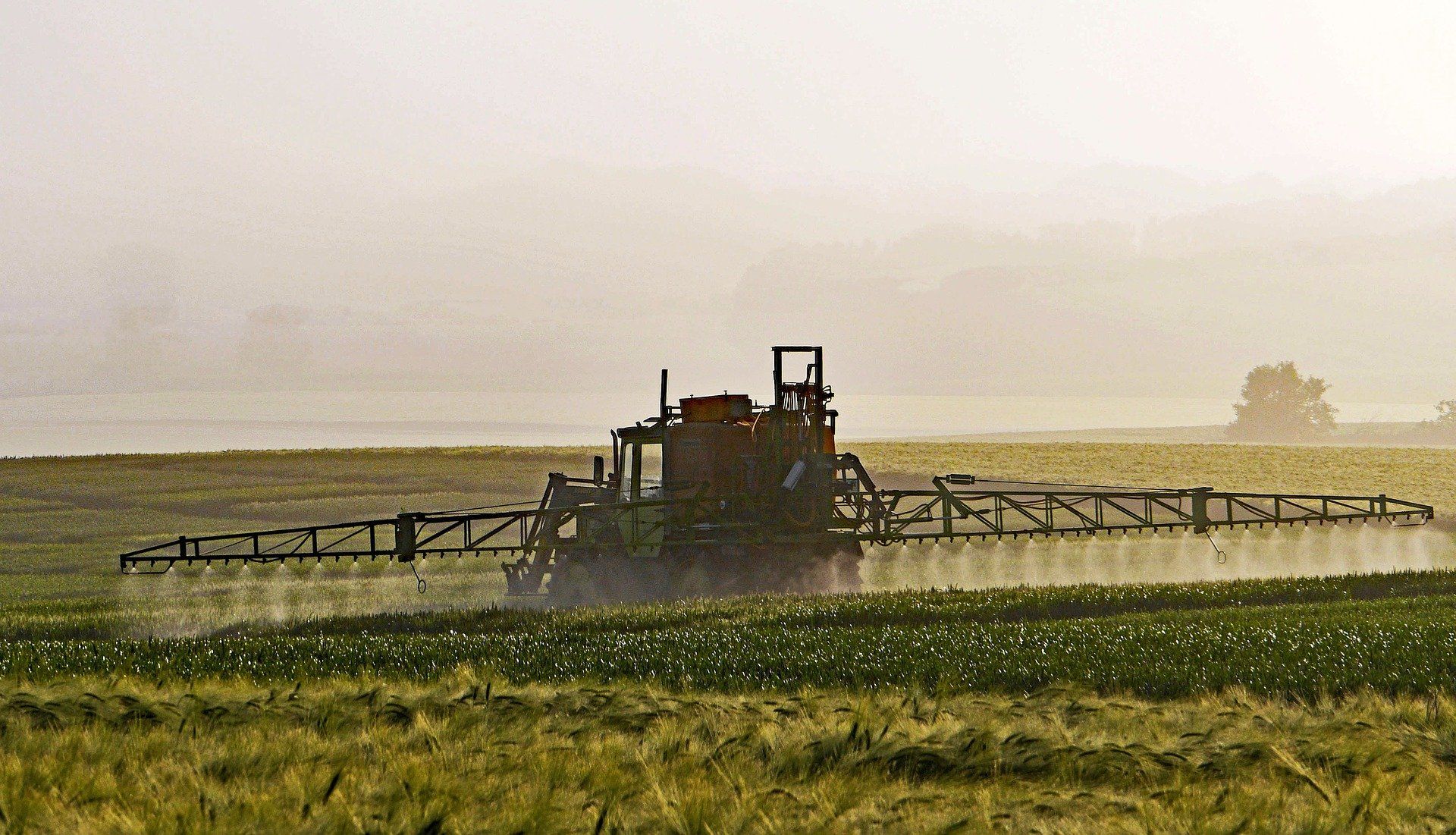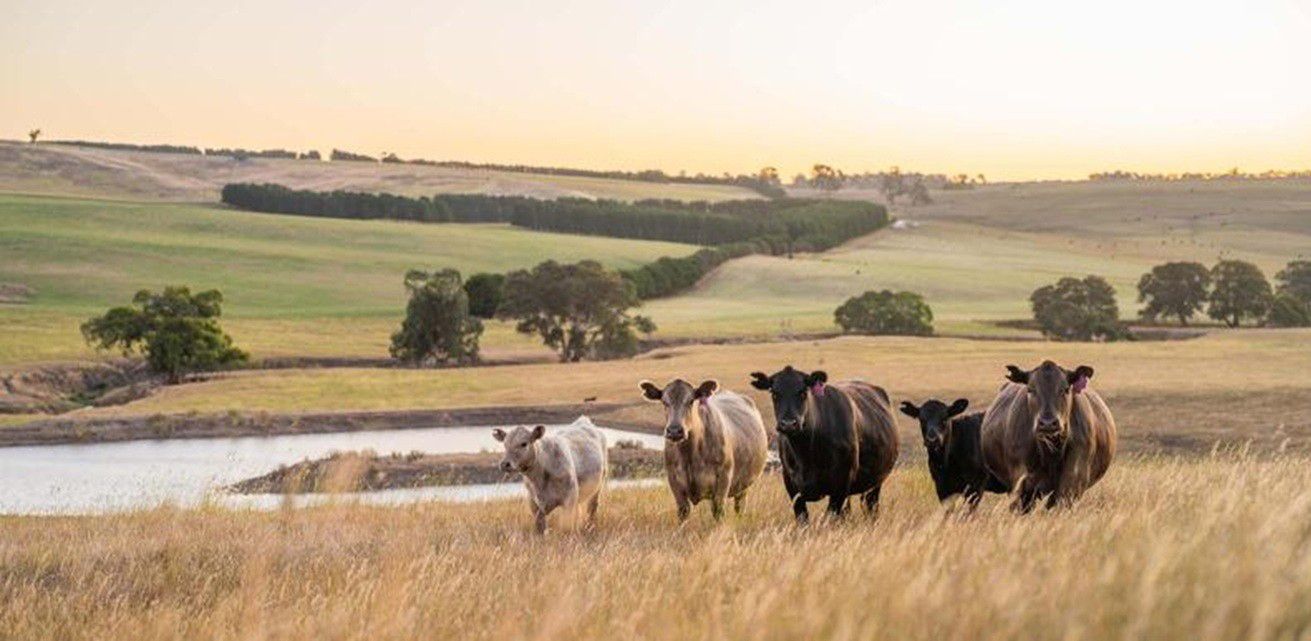1MG FlippingBooks
Paying farmers to boost biodiversity
Elizabeth Gracie

The Australian National University (ANU) has been awarded a $3.4m grant to develop a monitoring, reporting and measuring framework for the Agriculture Biodiversity Stewardship Pilot Program.
The Agriculture Biodiversity Stewardship program pays farmers to boost biodiversity on their property as a means of benefitting their local community.
Minister for Agriculture, Drought and Emergency Management David Littleproud said that “this agreement with ANU is another critical part of our efforts to incentivise the adoption of improved on-farm biodiversity practices”.
“It is time farmers are rewarded for the benefits Australia receives from their work looking after the biodiversity on their land” he continued.
The ANU led pilot program will also allow for farmers and landholders to be offered working contracts with the Federal Government to recognise and maintain biodiversity. This will include projects relating to maintaining and enhancing forests, gullies, waterways, and mixed species native plantings.
It will also link up with work already being conducted by the National Farmers Federation (NFF) and Australian Farm Institute (AFI) to deliver an Australian Farm Biodiversity Certification Scheme.
The NFF has welcomed the ANU-led biodiversity pilot with open arms.
“Scientific rigor and technical accuracy must underpin all of the various methodologies that allow farmers to access these new capital and income sources,” said NFF CEO Tony Mahar.
“So we welcome the addition of ANU to the Stewardship package as a valuable technical and scientific advice provider”.
According to Minister Littleproud, “a biodiversity scheme will give farmers motivation and reward them for looking after nature on their products”.
“If shoppers are prepared to pay more for products that carry the biodiversity stamp, or if it will help increase our market access, then let’s create a brand and reward farmers who do that. We will test this through the pilot.”
NEWS

Prodoz, a Proudly Australian and family-owned agribusiness, based in Melbourne, is strengthening its positions as national/international leader in advanced crop – science solutions through a growing portfolio of global innovation partners and a distribution footprint supported by all major distributors - includes Nutrien Ag, Elders, Lindsay Rural and Independent Rural stores.

Trace minerals are required for optimal growth, reproduction, and immunity. Optimising trace mineral status relying solely on oral supplements across a herd may fail because of variation in individual intake and reduced absorption due to antagonism of other ration components and minerals. The use of injectable trace mineral supplements has been associated with positive reproductive outcomes including improved conception rate, increased odds of pregnancy and greater final in calf rate. A study conducted on 2,168 dairy cows, administered injectable trace minerals, four weeks prior to calving and again four weeks prior to the start of mating showed treated animals had a 3.3 per cent greater final in-calf rate, and a reduced time from start of mating to conception, compared to control animals 1 . The Importance of B12 Dr Carl Eden, Technical Services Veterinarian with Boehringer Ingelheim says “Vitamin B12 is sometimes referred to as a ‘super vitamin’ because it is only required in very small amounts but vital to many essential metabolic pathways. However, demand for B12 can vary considerably during the year and we see serum levels of B12 fall at critical times, such as the first few months after calving.” Vitamin B12 contains cobalt, so deficiency in cobalt can lead to deficiency in vitamin B12 because ruminants get most of their B12 as a byproduct of ruminal fermentation where the bacteria in their rumen assemble B12 from cobalt for use by the cow. Sub-optimal trace mineral and vitamin B12 status at calving, mating, and drying off has been shown to negatively impact growth, reproduction, and immunity. Using a trace mineral injectable containing vitamin B12 can improve trace mineral and vitamin B12 status at these critical times. Marks-Min with Vitamin B12 – The Evidence In the largest trace element study to date, Marks-Min Injectable Trace Mineral with Vitamin B12 demonstrated remarkable results when compared to a reference trace mineral injection. “Given the differences between Marks-Min and other products on the market, we wanted to generate a compelling data set to demonstrate how effective it was compared to the pioneer product. We entrusted this work to a third-party research company” says Dr Eden. “We chose farms that were at the top of their game from a reproductive perspective. We made sure that the farms had no evidence of trace element or vitamin B12 deficiencies or excess.” Across all outcomes of interest, Marks-Min demonstrated clear non-inferiority when compared to the reference product. Outcomes measured included submission, pregnancy and conception rates, and six week in-calf rate. Marks-Min demonstrated it is highly suited as an alternative treatment to the reference product. Reference: 1. Hawkins, D., and B. V. S. Franklin. New Zealand Dairy Veterinarians Newsletter 24 (2007): 12-16 Company website: livestockfirst.com.au Company email address: CustomerCare.Australia@boehringer-ingelheim.com Company video: https://vimeo.com/1138807630?fl=pl&fe=cm














